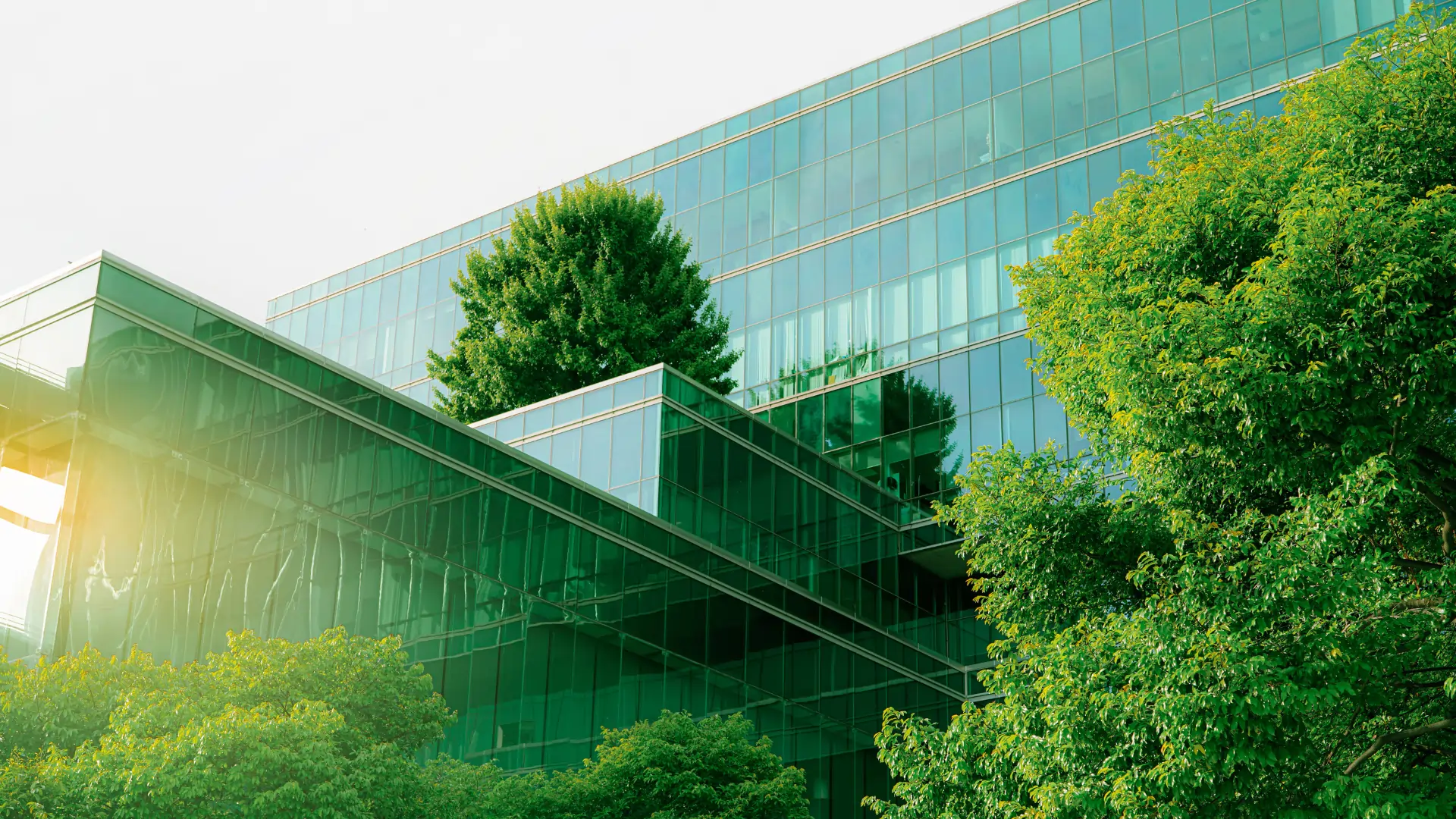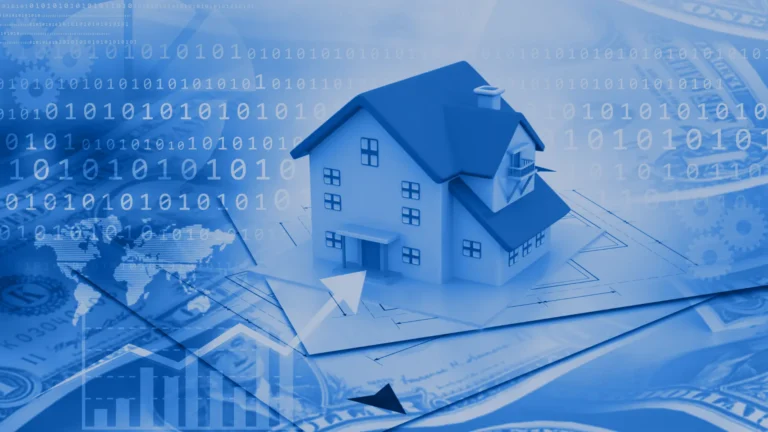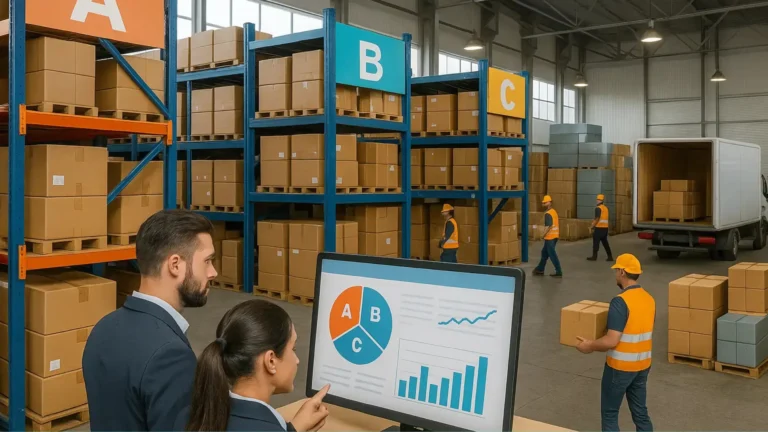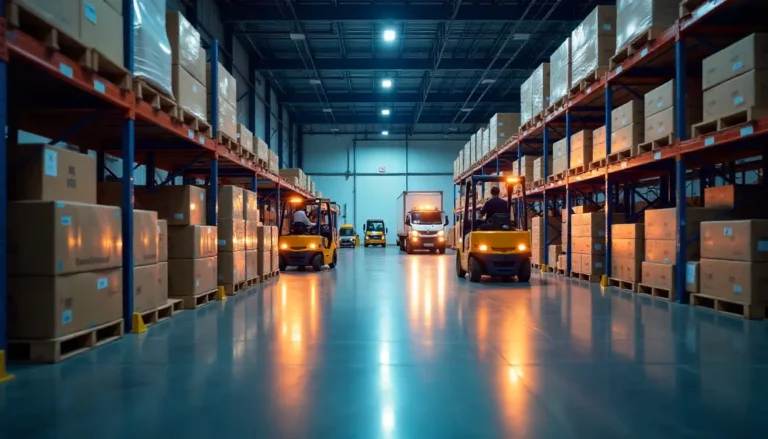
Because of PropTech Startups in real estate, industry is undergoing a significant transformation, driven by growing environmental concerns and a rising demand for sustainable practices.
No longer a niche concept, green buildings are becoming mainstream, representing The Future of Sustainable Real Estate. This blog post explores the key aspects of this movement, highlighting the benefits, trends, and what it means for investors, developers, and occupants alike.
What are Green Buildings?
Green buildings, also known as sustainable buildings, are designed, constructed, and operated to minimize their impact on the environment. They incorporate eco-friendly practices throughout their lifecycle, from material selection and energy efficiency to water conservation and waste management. The goal is to create structures that are not only environmentally responsible but also contribute to the well-being of occupants. This holistic approach is central to The Future of Sustainable Real Estate.

Key Features of Green Buildings:
Green buildings often incorporate several key features:
- Energy Efficiency: Utilizing renewable energy sources (solar, wind), high-performance insulation, energy-efficient appliances, and smart building management systems to reduce energy consumption.
- Water Conservation: Implementing water-saving fixtures, rainwater harvesting systems, and landscaping that minimizes water usage.
- Sustainable Materials: Using recycled, renewable, and locally sourced materials to reduce the environmental impact of construction.
- Indoor Environmental Quality: Prioritizing natural light, ventilation, and low-VOC materials to create healthier and more comfortable indoor spaces.
- Waste Reduction: Implementing waste management programs to minimize construction and operational waste.
- Location and Transportation: Choosing locations with access to public transportation and promoting sustainable transportation options (bike racks, electric vehicle charging stations).
Benefits of Green Buildings
The adoption of green building practices offers a multitude of benefits
- Environmental Benefits: Reduced energy and water consumption, lower greenhouse gas emissions, and conservation of natural resources. This is a critical component of The Future of Sustainable Real Estate.
- Economic Benefits: Lower operating costs (energy and water bills), increased property values, and enhanced marketability.
- Health and Well-being Benefits: Improved indoor air quality, access to natural light, and comfortable indoor environments, leading to increased productivity and occupant satisfaction.
- Social Benefits: Enhanced community image, promotion of sustainable practices, and contribution to a healthier planet.
Trends Shaping the Future of Sustainable Real Estate
Several key trends are shaping The Future of Sustainable Real Estate
- Increased Demand: Consumers and businesses are increasingly seeking green buildings, driving demand for sustainable development.
- Technological Advancements: Innovations in building materials, energy efficiency, and smart building technologies are making green buildings more accessible and affordable.
- Government Incentives: Many governments are offering incentives (tax breaks, grants) to encourage green building development.
- Green Building Certifications: Certifications like LEED and Energy Star provide a framework for evaluating and recognizing green building performance.
- Focus on Wellness: The WELL Building Standard, which focuses on occupant health and well-being, is gaining popularity, further emphasizing the importance of sustainable practices.
The Role of Investors and Developers
Investors and developers play a crucial role in driving the adoption of green buildings. By prioritizing sustainability, they can not only contribute to a healthier planet but also reap significant economic and reputational benefits. Integrating sustainable practices is essential for participating in The Future of Sustainable Real Estate.
The Impact on Occupants
Occupants of green buildings benefit from healthier indoor environments, lower operating costs, and a greater sense of connection to their surroundings. As awareness of sustainability grows, these benefits will become increasingly important to tenants and homeowners.
Conclusion
Green buildings are not just a trend; they represent The Future of Sustainable Real Estate. As environmental awareness grows and technology advances, we can expect to see more and more green buildings emerge, transforming the real estate landscape and creating a more sustainable future. The shift towards sustainable practices is no longer optional; it’s becoming a necessity for responsible development and a key driver of value in the real estate market.





